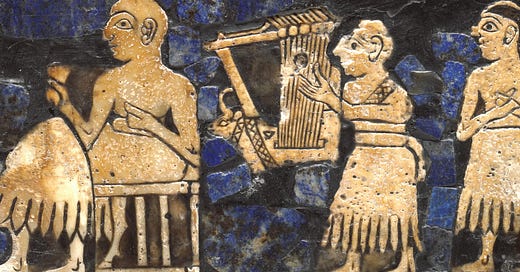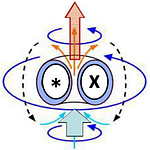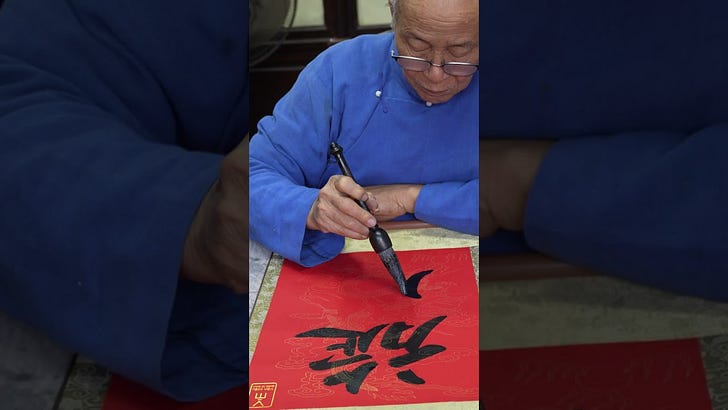Hi, my name is Bob Greenyer, and welcome to RemoteView.ICU
Following my Sunday 6th of October 2024 livestream, based on the image I shared, shown below, I got a great proposal from Tammy MçCullough for the carved part at the bottom of each of the ‘clubs crosses’ which I was unsure about and provisionally labelled as a vortex pair.
“Bob, under the club cross is a symbol for harmonics the harpsichord”
- Tammy MçCullough
I thanked Tammy, and noted that a harpsichord, which is still used and taught here in eastern Europe, is an object that produces sound simply based on the fundamental resonance of a string by plucking it.
On investigation, I found out that apparently the harpsichord was first mentioned in 15th century, which would be too late for this 12th century carving. However, something that I had been considering, that is also based on the resonance of single strings and achieved by plucking them, is the harp - and they are very old.
"The harp is believed to have existed since 15,000 BC, making it one
of the oldest instruments in the world."
- Kaufman Music Centre
Moreover, a form of harp is called the lyre, and according to Wikipedia -
"The lyres of Ur are bull lyres excavated in ancient Mesopotamia
(modern Iraq), which date to 2500 BCE and are considered to be
the world's oldest surviving stringed instruments."
- Bull Headed Lyre of Ur, Wikipedia
A typical symbol of a lyre found in an online image library looks, without the strings, a lot like the mystery carved part in question.
In fact, on the front of the Ur lyre in the British Museum, there is the ‘ Master of animals motif in a panel of the soundboard of the "Bull Headed Lyre" ’. The bulls horns are quite close to this same characteristic shape.
The Knights Templar surely witnessed the lyre being played during their journeys to the middle east. The very same Sumerians that had the ‘symbol of ‘g’od controlled power’ on their stela, also used this instrument, so the idea that this may be symbolically referring to resonance based vibration fits with the potential experience of those guiding the carving.
Moreover, we know this wheel within wheel within wheel structure can be a resonant vibration driven process. If the interpretation of this carving is true, the implication is that you would have to pump it at the high frequency component.
UPDATE #1
Thanks to an image set sent by Steven B Halls, I asked myself if the symbol could actually be a simple Ω ‘Omega’, one of the symbols God uses to refer to himself and also ‘the end’? At the end, which is also the root of a new beginning in the circle of life, there is the spirit, the Chi, the Prana.
The crusades ended in 1291, and within 80 years, the elite were enjoying playing cards brought by merchants from the Islamic Mamlūk dynasty centred in Egypt. Fortune reading using them soon emerged, in the act of card reading called ‘cartomancy’, clubs were often referred to as a symbol of growth and prosperity.
Bringing all these concepts together, we could argue that this part of the carving could be signifying ‘by the holy spirit, the word of God gives life’, the word in this case being sound or more specifically oscillation.
Are we looking at a carving signifying the act of creation?
Do you think this is the meaning of that part of the carving, or do you think it is something else? Let me know, below.
Thank you for listening to RemoteView.ICU















Share this post